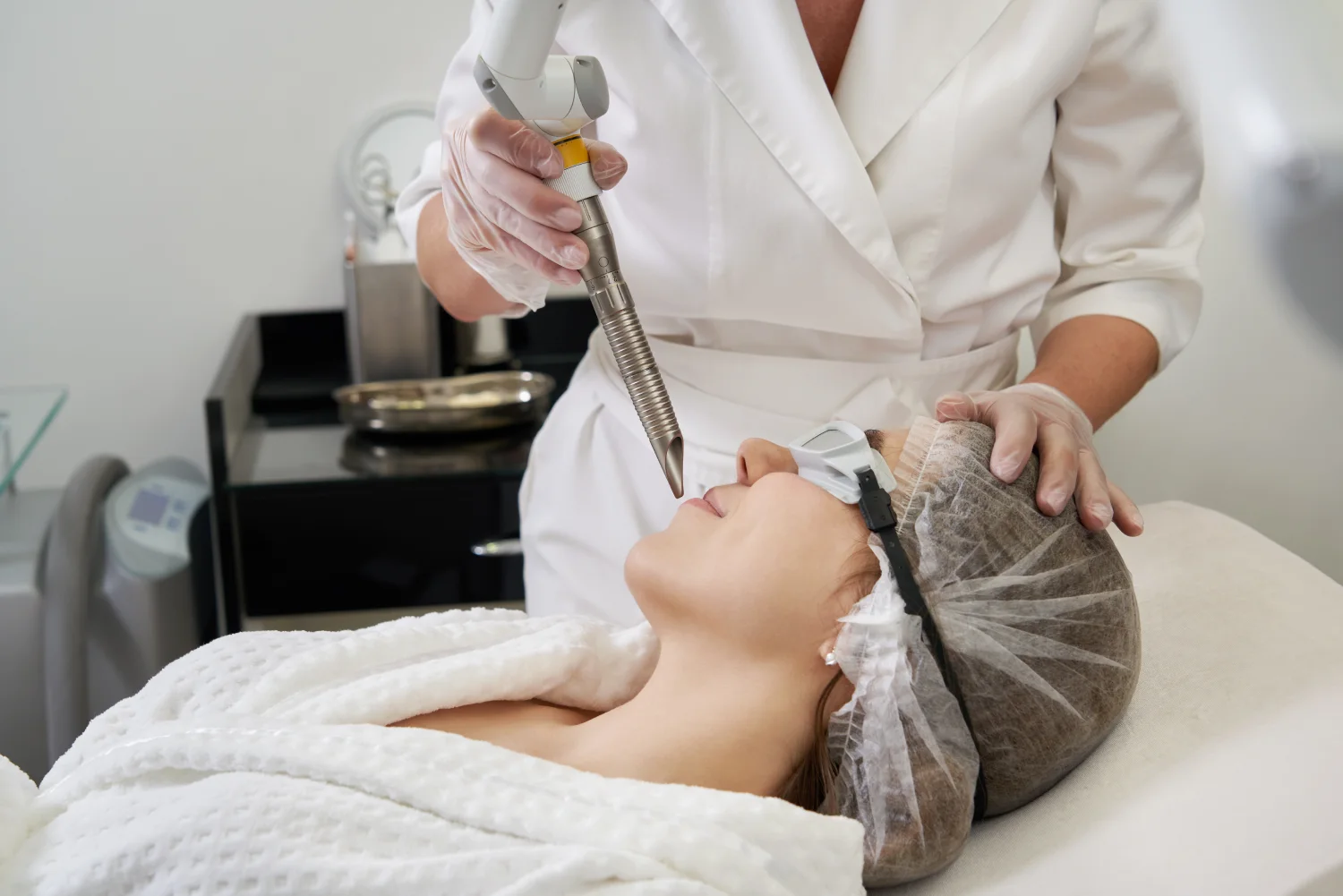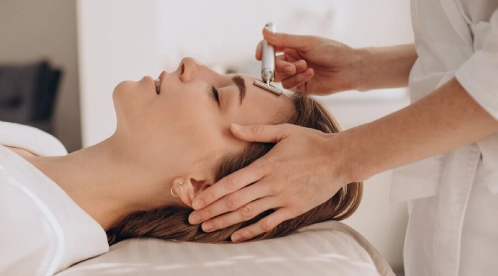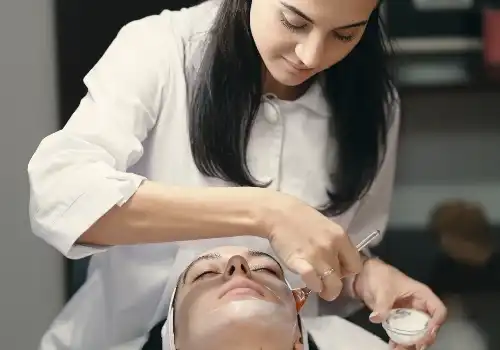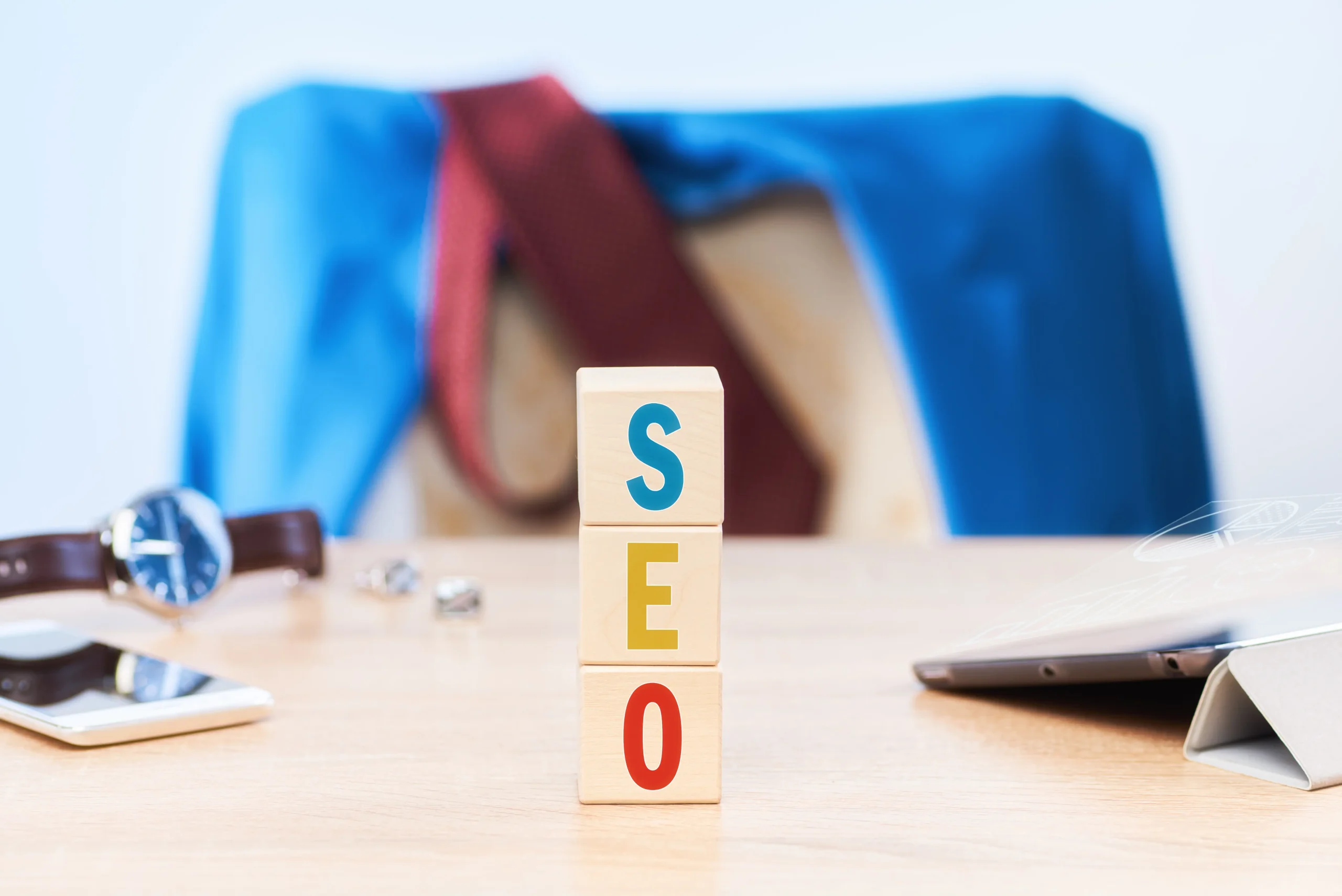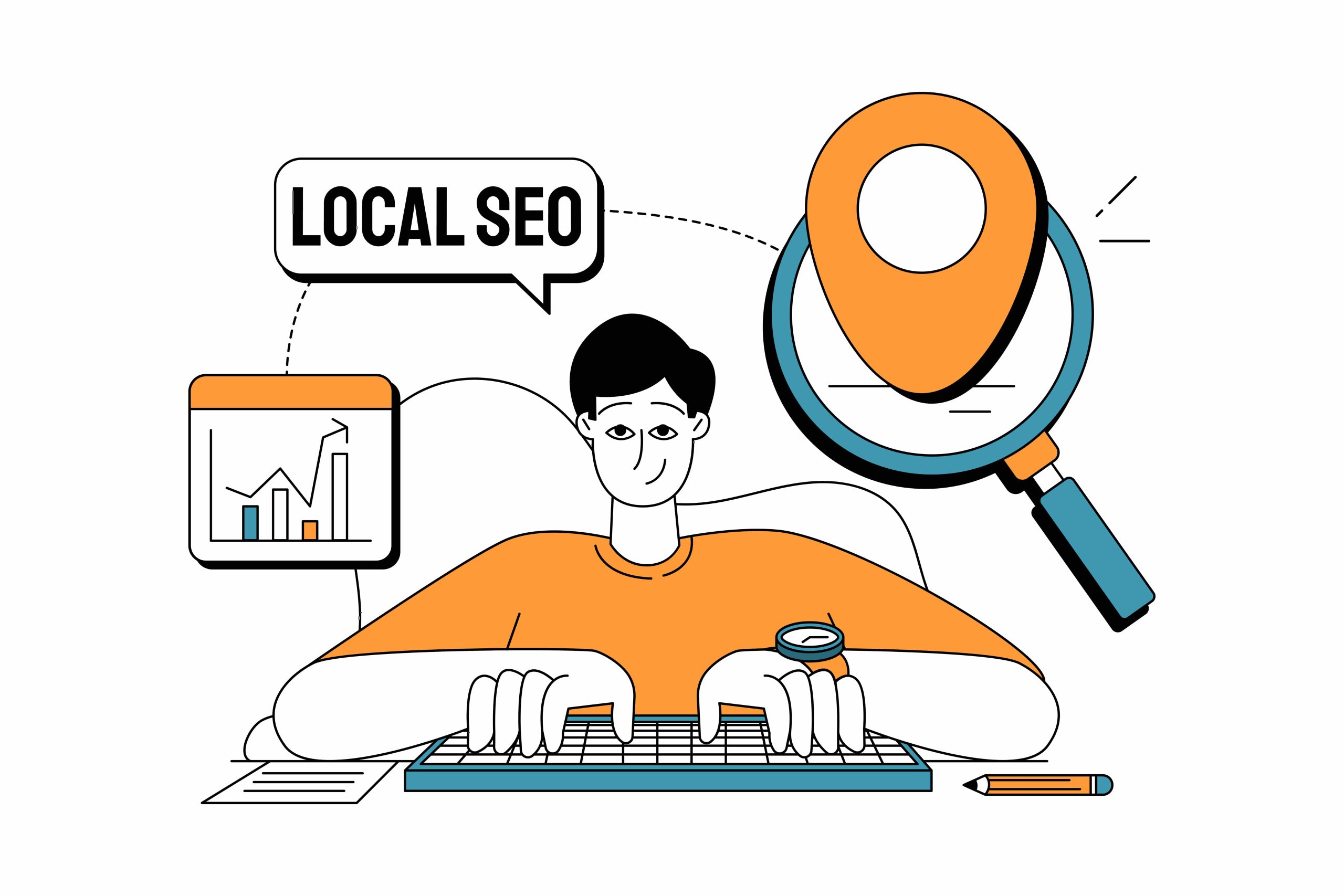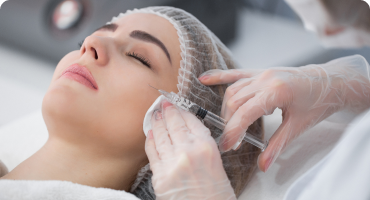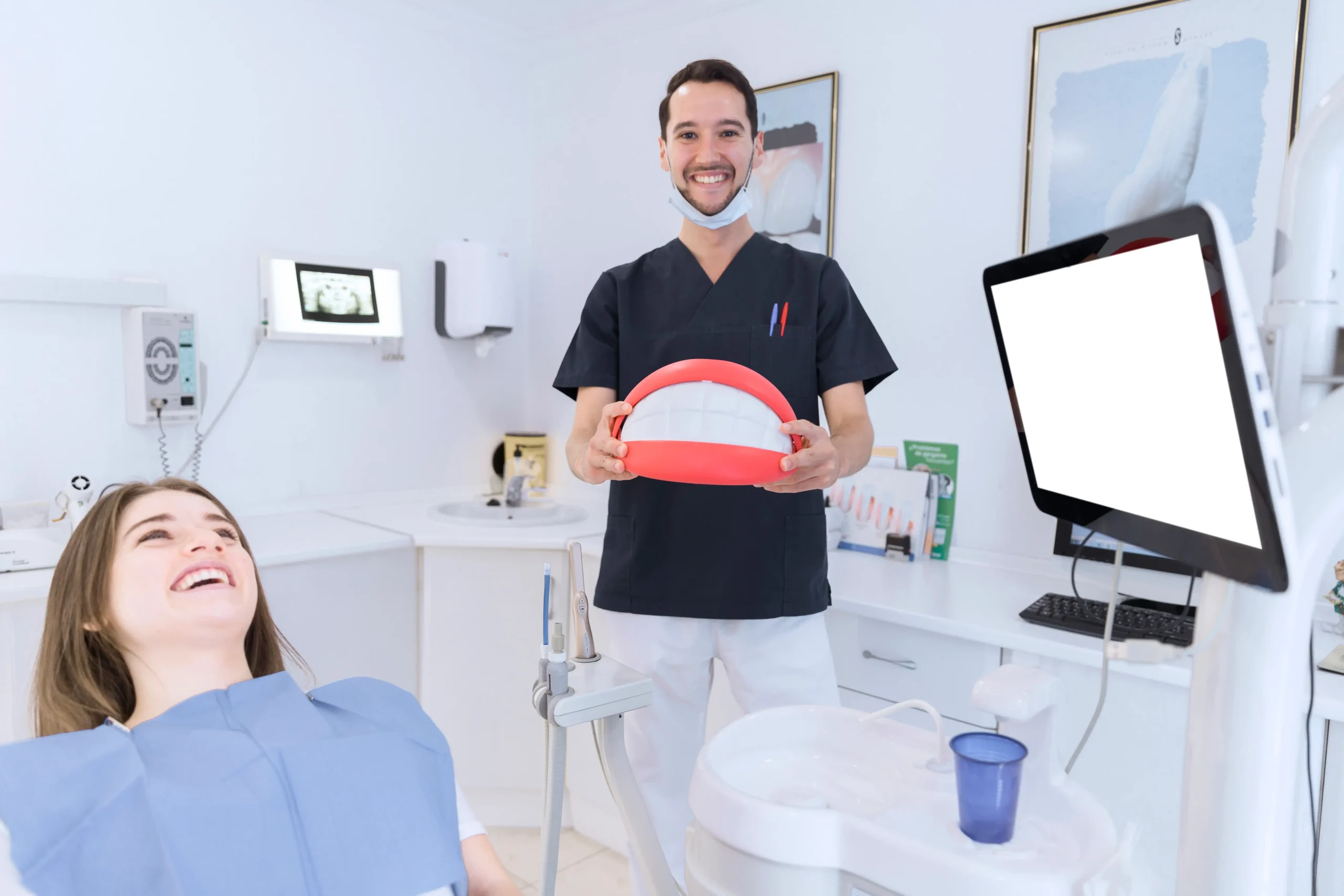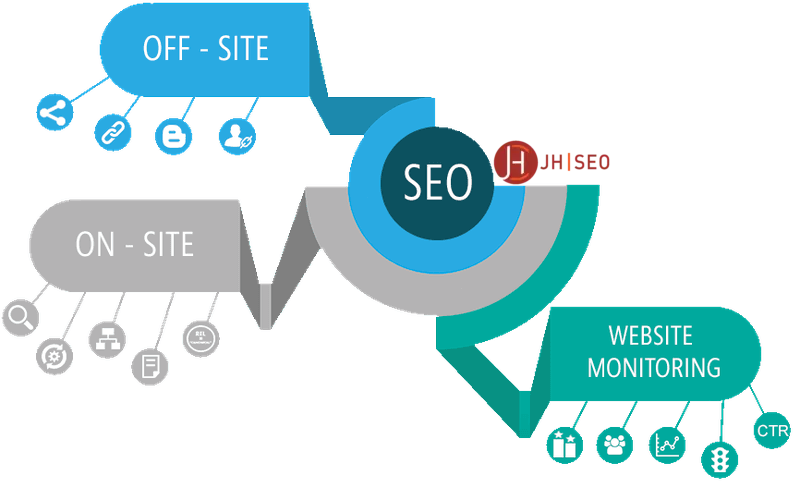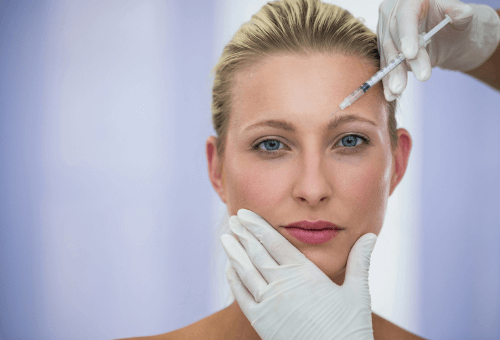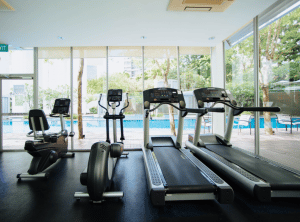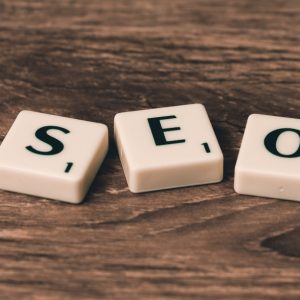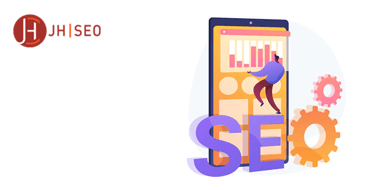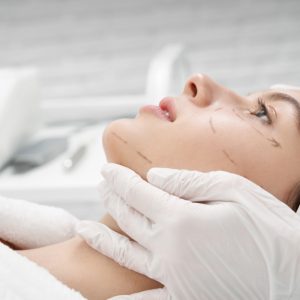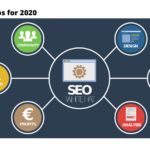In the competitive world of the med spa industry, effective SEO (search engine optimization) is essential for staying ahead. Med spa SEO helps your business rank higher in search engine results pages (SERPs), ensuring potential clients can easily find your services online. Whether you offer laser hair removal, facials, or body contouring, implementing solid SEO strategies is crucial for attracting local traffic and improving your online visibility. Search engines like Google are where most clients begin their search for a trusted medical spa, which makes local SEO efforts even more important. Through keyword research, optimizing for relevant keywords, and improving website content, you can secure your spot in search engine results.
One of the most effective ways to engage visitors and showcase your expertise is through visual content. Before-and-after galleries are a powerful tool for medical spas, as they provide potential clients with real-world examples of the results your treatments deliver. These galleries not only build trust but also contribute to your website’s SEO by providing rich, engaging content that search engines love. When optimized properly, before-and-after images can enhance your visibility on Google searches, leading to more clicks and client inquiries.
The goal of this article is to guide you through optimizing your before-and-after galleries for better search engine rankings. We will cover the importance of technical aspects like alt text, meta descriptions, and structured data, along with practical tips for improving your Google Business Profile and overall SEO for medical spas. With these steps, you can ensure your before-and-after galleries are not only attractive to clients but also optimized for search engines, helping you stand out in a crowded market and drive more conversions.
Med Spa SEO: Why It Matters for Your Business
What is Med Spa SEO?
Med Spa SEO is the process of optimizing your medical spa website to improve its visibility on search engines like Google. It involves a variety of tactics that aim to enhance the overall performance of your website, making it easier for potential clients to find your services. This includes optimizing both on-page and off-page elements of your site to rank higher in search engine results pages (SERPs) for keywords related to your med spa’s offerings, such as laser hair removal, facials, and other cosmetic treatments.
SEO for medical spas is unique because it focuses on both local and industry-specific factors. By targeting local search and relevant keywords, you ensure that your spa is visible to those within your service area. This is particularly important because many clients looking for med spa services search for businesses close to them, such as through a Google search for “best-med spa near me.” Keyword research helps identify these high-value search terms, allowing you to optimize your website’s content accordingly.
Key elements of Med Spa SEO include:
- Keyword research to find relevant keywords for your services.
- Optimizing your website for local SEO to target clients in your geographic area.
- Enhancing your Google Business Profile to boost local visibility.
- Improving your meta descriptions and alt text for better search rankings.
Why SEO is Crucial for Med Spa Success
In today’s digital landscape, most potential clients turn to search engines to find local businesses. With the right search engine optimization practices, your med spa can ensure it appears at the top of search results when a potential client searches for services like yours. SEO strategies such as effective link building, optimizing technical SEO, and maintaining a strong Google Business Profile directly impact the visibility of your business. This means more clicks, more inquiries, and ultimately, more bookings.
Here’s how SEO directly influences your med spa’s success:
- Increased Visibility: By appearing in the search engine results for relevant keywords, your med spa becomes more discoverable to those actively searching for the services you offer.
- Better Client Inquiries: Optimizing your website ensures that potential clients are more likely to reach out for consultations or book an appointment.
- Higher Conversion Rates: With targeted local SEO, potential clients who are geographically close to your business will find your spa more easily, increasing the likelihood of conversions.
Moreover, Google Analytics helps you track how well your SEO efforts are paying off. You can monitor traffic, identify which keywords are bringing visitors, and make data-driven decisions to refine your strategy. As part of a comprehensive SEO for medical spas plan, meta descriptions, technical SEO, and other optimizations ensure your website not only attracts traffic but also provides an excellent user experience, which can directly impact client retention and brand loyalty.
By investing in effective SEO strategies, your med spa can establish itself as a trusted authority in your industry, leading to sustainable growth and success.
Search Engine Optimization For Medical Spas: Key Techniques
How Does SEO Improve Search Engine Rankings for Med Spas?
Effective search engine optimization (SEO) plays a crucial role in improving the search engine rankings of your med spa. SEO helps search engines understand what your website is about, allowing it to rank higher in search engine results pages (SERPs) for relevant search queries. For medical spas, SEO is not just about optimizing website content; it’s about creating a comprehensive strategy that helps you stand out in a competitive market.
Here are the essential SEO strategies to improve your rankings:
- Keyword Optimization: By targeting relevant keywords related to your services (like laser hair removal, facials, or body contouring), you ensure that your website ranks for search queries that your potential clients are typing into Google searches. This includes both short-tail and long-tail keywords, which allow your website to rank for more specific and less competitive terms.
- Content Creation: Creating high-quality, informative, and engaging content not only attracts potential clients but also boosts your rankings. For example, blog posts, FAQs, and service pages tailored to your treatments (like medical spa services or laser hair removal) help establish authority and relevance for your site.
- Link Building: Acquiring quality backlinks from authoritative websites in the medical or beauty industry can significantly improve your website’s credibility and increase your search results rankings. Links from reputable sources tell search engines that your website is trustworthy and authoritative.
- Google Business Profile Optimization: Ensuring your Google Business Profile is complete and optimized helps your med spa rank in local search results. It increases the chances of appearing in the Google Map Pack, which is essential for attracting nearby clients searching for local services.
Additionally, technical SEO ensures that your website runs smoothly, loads quickly, and provides a seamless experience for visitors. Google Analytics can track how well these efforts are performing, allowing you to adjust your strategy accordingly to boost rankings further.
Targeting the Right Keywords: What Should You Focus On?
To achieve optimal SEO results, keyword research is essential for identifying the right terms to target. For medical spas, this means focusing on keywords that attract potential clients looking for the specific treatments you offer. By understanding what people are searching for, you can tailor your website’s content to match those needs.
Here are key types of keywords to focus on:
- Local Keywords: Since most clients search for medical spas near their location, optimizing for local SEO is crucial. Include your city, region, or neighborhood in your keywords, such as “**laser hair removal in [city name]” or “best-med spa near me.” This will help you appear in local search results and increase your chances of being found by potential clients who are nearby.
- Service-Specific Keywords: Potential clients are likely to search for specific treatments or services, such as laser hair removal, Botox, or facials. Make sure to optimize each service page with keywords specific to what you offer. For example, “best facials in [city name]” or “affordable Botox near me.”
- Long-Tail Keywords: These are longer and more specific keyword phrases that attract a highly targeted audience. For example, instead of just “med spa,” you might target “affordable med spa for laser hair removal in [city name].” Long-tail keywords often have lower competition and are more likely to convert visitors into clients.
To identify the best keywords for your medical spa, use tools like Google Keyword Planner or paid options like Ahrefs or SEMrush. These tools can help you discover the relevant keywords people are using to search for your services, helping you refine your content strategy and improve your rankings in search engine results.
Medical Spa SEO: Optimizing Visual Content for Search Engines
Why Before-and-After Galleries are Crucial for Med Spa Websites
In the competitive med spa industry, building trust with potential clients is essential for success. One of the most effective ways to achieve this is through before-and-after galleries. These galleries showcase the tangible results of your treatments, such as laser hair removal, Botox, or body contouring, allowing prospective clients to see the real impact your services can have. They serve as visual proof of your expertise and can significantly influence a potential client’s decision to book an appointment.
In addition to building trust, before-and-after galleries are crucial for SEO for medical spas. They provide high-quality, engaging visual content that can boost your website’s relevance for search engines. Properly optimized galleries can improve your visibility in search engine results pages (SERPs), leading to increased organic traffic and more client inquiries. These images also enhance user experience, keeping visitors engaged longer on your site, which can improve your rankings in search results.
Here’s how before-and-after galleries help with Med Spa SEO:
- Build trust with potential clients by showcasing real results from your treatments.
- Increase engagement by providing visual proof of the effectiveness of your services.
- Boost your search engine rankings by adding valuable content that search engines prioritize.
- Improve conversion rates by encouraging visitors to take the next step toward booking a service.
How to Properly Label Before-and-After Images for SEO
Properly labeling your before-and-after images is essential for optimizing them for search engines. By adding descriptive file names, alt text, and captions, you can improve your SEO and make these images discoverable through Google search. Optimizing your images also helps ensure they appear in local search results and may increase your chances of being featured in Google’s Image Search.
Here’s a step-by-step guide to optimizing your images:
- File Names: Use descriptive and keyword-rich file names for your images. Instead of generic names like “image1.jpg,” use a name that describes the treatment, such as “laser-hair-removal-results.jpg” or “botox-before-and-after.jpg.” This helps search engines understand the content of the image.
- Alt Text: Alt text (alternative text) is used by search engines to understand the content of an image. It also improves accessibility for users with disabilities. Be sure to include relevant keywords in your alt text, such as “before and after laser hair removal on legs.” This makes the image more likely to appear in search engine results for related queries.
- Captions: Adding captions to your images provides context and reinforces the message behind the gallery. Captions can also help with SEO by including relevant keywords and providing a better user experience. For example, “This is the result of laser hair removal treatment for a smoother, hair-free look.”
By following these optimization steps, your before-and-after galleries will not only engage visitors but also rank higher in search results, driving more traffic to your website.
Are High-Quality Images Important for SEO?
While image quality is essential for user experience, it’s important to balance high-quality images with SEO performance. High-resolution images help showcase the results of your services, but they can slow down your website if not properly optimized. Search engines like Google prioritize websites that load quickly, and large image files can negatively impact your site’s speed, which could hurt your rankings.
Here’s how to balance image quality and SEO performance:
- Optimize File Size: To ensure fast loading speeds without compromising image quality, use image compression tools. Tools like TinyPNG or ImageOptim allow you to reduce file sizes while maintaining high-quality visuals. This helps your website load faster, improving both user experience and SEO performance.
- Responsive Images: Ensure your images are optimized for mobile devices. Google search increasingly prioritizes mobile-friendly websites, and using responsive images (images that adjust based on the user’s device) can improve both SEO and user experience.
- Image Formats: Use modern image formats like WebP, which provides high-quality visuals at smaller file sizes. This can help optimize your website’s load time while maintaining image clarity, especially for before-and-after galleries.
By carefully managing image quality and file size, you can enhance your website’s technical SEO and ensure that your before-and-after galleries not only look great but also perform well in search results.
How Search Engines Rank Before and After Galleries
What Impact Do Before-and-After Galleries Have on SEO?
Before-and-after galleries are more than just a visual tool—they play a significant role in improving Med Spa SEO. Properly optimized image galleries can have a direct impact on your rankings and visibility in search engine results pages (SERPs). When done right, they contribute to the overall search engine optimization strategy for your medical spa, helping you attract more potential clients through organic search.
Here’s how optimized image galleries can influence SEO:
- Increase Visibility in Search Results: By optimizing your before-and-after galleries with the right keywords, alt text, and captions, you can make them more discoverable in Google search and local search results. When these galleries are properly tagged with relevant keywords like “laser hair removal before and after,” they can appear in image searches, boosting your site’s exposure.
- Improve User Engagement: Search engines reward websites that engage users. Before-and-after galleries often lead to longer time spent on your site, which signals to search engines that your content is valuable and relevant. This can result in higher rankings.
- Boost Site Authority: High-quality, engaging content like before-and-after galleries can contribute to link building, where other authoritative websites link to your site. Backlinks from respected sites signal to search engines that your site is trustworthy, which can help improve your rankings.
When optimized, before-and-after galleries become more than just visuals—they become an SEO asset that drives more organic traffic and boosts your online presence.
Does Image SEO Help Your Med Spa Appear in Google’s Featured Snippets?
Optimizing your before-and-after galleries doesn’t just improve your website’s rankings—it can also increase your chances of appearing in Google’s featured snippets. Featured snippets are those special blocks that appear at the top of some search results, providing users with a direct answer to their queries. Appearing in a featured snippet can significantly boost your visibility, as these results are often the most prominent on the page, leading to higher click-through rates.
Here’s how image SEO can help your med spa appear in featured snippets:
- Proper Image Labeling and Structure: When you label images correctly with descriptive alt text, meta descriptions, and relevant file names, search engines are better able to understand the content of the images. This increases the chances that Google will recognize your gallery as relevant content for certain search queries and feature it in a snippet.
- Using Structured Data: Adding structured data (or schema markup) to your image galleries is a great way to signal to search engines that the content is organized and relevant. When implemented correctly, structured data increases the likelihood of your gallery being pulled into a featured snippet for related queries.
- Optimizing for User Intent: Understanding what potential clients are searching for can help you create galleries that match common queries. For example, optimizing a before-and-after gallery for the query “laser hair removal results” can increase the chances of your content being featured when someone asks, “What do laser hair removal results look like?”
Incorporating these SEO strategies into your image galleries can make them more likely to appear in Google’s featured snippets, placing your medical spa at the forefront of search engine results, driving more clicks, and attracting more clients.
Optimizing Your Med Spa Website for AI Overview Tools
Why Structured Data is Important for Search Engines and AI
In today’s competitive med spa industry, leveraging search engine optimization (SEO) is essential for attracting potential clients. As AI tools become increasingly integrated into search engines like Google, it’s important to optimize your website for these platforms as well. One of the best ways to improve your website’s visibility is by implementing structured data (also known as schema markup). This type of code helps search engines and AI tools understand the context of your content, making it easier for them to provide AI-generated overviews and relevant search results.
Here’s why structured data is important:
- Improves Search Engine Understanding: By adding structured data to your med spa website, search engines can better understand your content, including images, services, and patient results. This makes your site more likely to rank higher in search engine results pages (SERPs) when users search for services like laser hair removal or facials.
- Enhances AI Overviews: AI tools used by search engines often pull structured data to generate summaries and display relevant information in Google search results. For example, using schema markup for a before-and-after gallery can help AI tools pull in key details about the results of your treatments and show them to users in a clear, concise format.
- Improves Visibility in Rich Snippets and Local Search: Structured data increases the chances of your med spa appearing in rich snippets or local search results, where your content is presented in a more visually appealing and informative way. This can directly boost your visibility and lead to more client inquiries.
By implementing structured data, you are not only improving your technical SEO but also making it easier for AI systems to summarize and feature your website content in a way that stands out in search results.
How to Use Descriptive Captions and Alt Text to Enhance SEO
When optimizing your before-and-after galleries for both search engines and AI overview tools, it’s crucial to focus on the alt text and descriptive captions of your images. These elements provide context to your visual content, improving SEO and making it easier for search engines and AI tools to summarize and display relevant results.
Here are the best practices for adding effective alt text and captions:
- Descriptive Alt Text: The alt text (alternative text) describes what’s in an image and helps search engines understand its content. For example, for a before-and-after gallery of laser hair removal, alt text such as “before and after laser hair removal results on legs” provides valuable information. This helps your images rank in image search results and makes them more discoverable for local search queries like “best laser hair removal near me.”
- Relevant Captions: Captions provide additional context to the images in your gallery. Make sure your captions are clear and concise, and include relevant keywords that your potential clients might use to search for services. For example, a caption for a Botox treatment could read, “These before-and-after images showcase the dramatic results of Botox for reducing forehead wrinkles.”
- Use Keywords Naturally: Incorporate relevant keywords naturally into your alt text and captions to ensure they align with what your potential clients are searching for. For example, include phrases like “affordable med spa for laser hair removal” or “best Botox results.”
These practices not only enhance the AI-generated overview of your content but also improve its performance in search engine results. By optimizing the alt text and captions for your before-and-after images, you help both search engines and AI tools better understand the relevance of your content, increasing your chances of being featured in Google search results and local search queries.
By combining structured data and well-crafted alt text and captions, your medical spa website will be better optimized for both search engine optimization and AI tools, leading to better visibility, more traffic, and ultimately more clients.
Optimizing your before-and-after galleries is essential for improving med spa SEO and boosting visibility in search engine results pages (SERPs). Key steps include conducting keyword research to identify relevant keywords, adding schema markup for better search engine understanding, compressing images for faster load times, and crafting descriptive meta descriptions and captions. Consistently implementing local SEO through Google Business Profile optimization and maintaining technical SEO ensures long-term growth by increasing organic traffic and improving client conversions. Ongoing SEO efforts not only keep your medical spa visible in Google searches but also build brand authority, leading to sustainable growth and better long-term results.
































